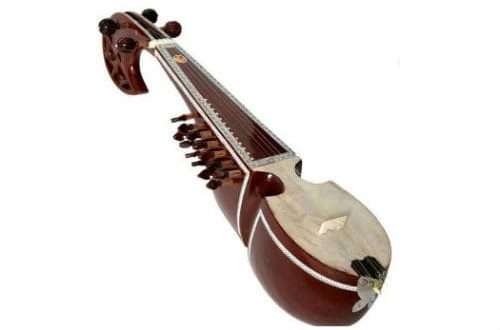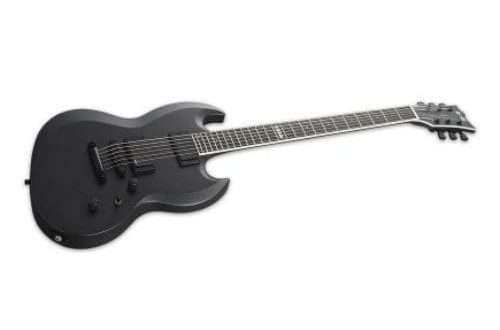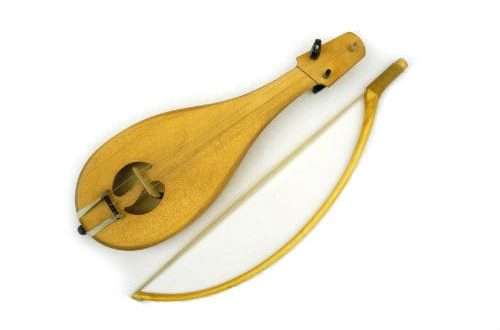
Tanbur: description of the instrument, structure, history, use
Tanbur (tambour) is a stringed musical instrument similar to a lute. It is unique because it is the only one among oriental instruments that does not have microtonal intervals in its sound.
It consists of a pear-shaped body (deck) and a long neck. The number of strings varies from two to six, sounds are extracted using a plectrum (pick).

The oldest evidence in the form of seals depicting a woman playing the tambour dates back to three thousand years BC and was found in Mesopotamia. Traces of the tool were also found in the city of Mosul in the thousandth year BC.
The tool is widely used in Iran – there it is considered sacred to the Kurdish religion, and is used for various rituals.
Learning to play the tambour requires high skill, since all the fingers of the right hand are involved in the Play.
Tanbur is made mainly by craftsmen from Bukhara. Now it is found in different interpretations in many countries. It came to Russia through the Byzantine Empire and was later adapted into dombra.





